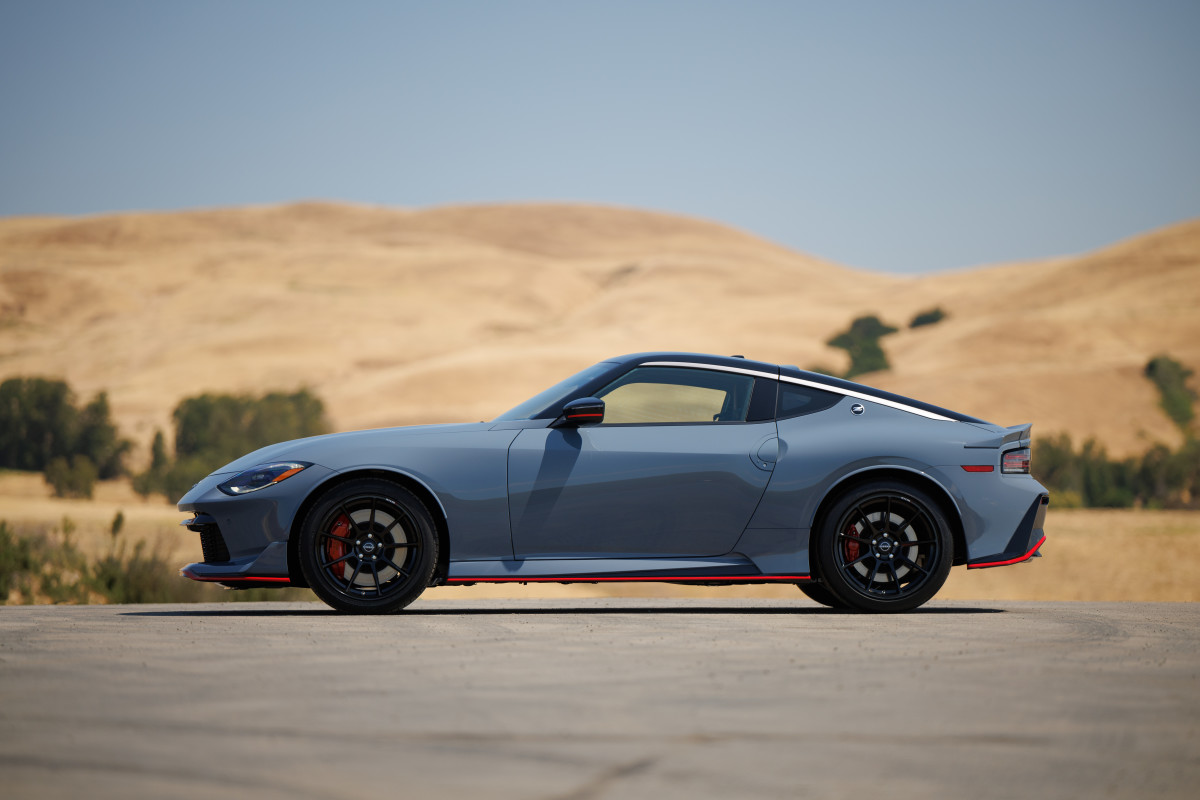*Source: General Dynamics
(NSI News Source Info) BATH, Maine – June 9, 2009: The General Dynamics Littoral Combat Ship Team, led by Bath Iron Works of Bath, Maine, recently completed testing of the main propulsion system for Independence (LCS 2) in preparation for the ship’s upcoming builder’s at-sea trials. The ship, which is in its final stages of system test and activation, is being constructed at Austal USA facilities in Mobile, Alabama.
USS Independence (LCS-2), the class prototype for the Independence-class littoral combat ship, will be the sixth ship of the United States Navy to be named for the concept of independence. It is the design competitor produced by the General Dynamics consortium, in competition with the Lockheed Martin-designed USS Freedom, the prototype for the Freedom-class littoral combat ship.
It is intended as a small assault transport with a variety of capabilities depending on the mission module installed. The ship is a trimaran design capable of over 40 knots (74 km/h; 46 mph), and will probably be delivered to the US Navy in September 2009.

All components of the combined diesel and gas turbine (CODAG) main propulsion system which drive the ship’s four independent steerable water jets have been tested. The two diesel engines, two gas turbine engines, and four water jets are operational and all four propulsion shafts have been successfully rotated. The four ship’s service diesel generators were successfully brought on-line in earlier testing.
The ship will soon undergo a series of dockside tests before going to sea for builder’s trials this summer.
Jeff Geiger, president of Bath Iron Works, said, “With the main propulsion system now ready, we’re well on the way toward getting this ship to sea. It’s a major accomplishment for the GD LCS team and Navy personnel who have worked tirelessly to get us to this point. We will continue to perform system activation, testing and integration efforts over the next several weeks but with this milestone under our belts, everyone is looking forward to taking in the lines and putting Independence through its paces in the Gulf of Mexico.”
Independence is one of two ship designs that will be evaluated by the U.S. Navy as part of its plan to build a total of 55 Littoral Combat Ships. When delivered later this year, it will be the U.S. Navy’s first trimaran warship. Independence (LCS 2) will be homeported in San Diego.
The Littoral Combat Ship is a major part of the Navy’s plan to address asymmetric threats of the 21st century. Intended to operate in coastal areas, the ships will be fast, highly maneuverable and geared to supporting mine detection/elimination, anti-submarine warfare and anti-surface warfare, particularly against small surface craft. The 419-foot ship provides superior seakeeping, propulsion efficiency and aviation capability. Key features include a large, below-deck open mission bay with a high payload capacity, enabling the ship to carry equipment and personnel for a variety of missions. The General Dynamics LCS’s large flight deck will support near-simultaneous operation of two SH-60 helicopters or multiple unmanned vehicles. The ultra-stable trimaran hull also allows for flight operations in high sea conditions.
The ship’s open architecture computing infrastructure (OPEN CI) is the computing backbone that handles the combat, damage control, engineering control, mission package and other computing functions onboard the General Dynamics LCS. Developed by the General Dynamics Advanced Information Systems team, the OPEN CI design made it possible to rapidly achieve successful operation of the propulsion system from the General Dynamics LCS Integrated Command Center.
General Dynamics Bath Iron Works is the prime contractor for the General Dynamics Littoral Combat Ship Team. Partners include Austal USA (Mobile, Ala.); BAE Systems (Rockville, MD); General Dynamics Advanced Information Systems (Fairfax, Va.); L3 Communications Marine Systems (Leesburg, Va.); Maritime Applied Physics Corporation (Baltimore, Md.); and Northrop Grumman Electronic Systems (Baltimore, Md.).
Bath Iron Works, a leader in surface combatant design and construction, employs approximately 5,700 people. Since 1991, BIW has manufactured and delivered 30 Arleigh Burke-class destroyers, the most technologically advanced surface combatant in the world, to the U.S. Navy. Four additional ships are currently under construction for delivery by 2011. The shipyard is also building the lead ship of the Navy’s Zumwalt (DDG 1000) class of guided missile destroyers.
General Dynamics, headquartered in Falls Church, Va., employs approximately 92,900 people worldwide. The company is a market leader in business aviation; land and expeditionary combat systems, armaments and munitions; shipbuilding and marine systems; and information systems and technologies. More information about General Dynamics is available online at www.generaldynamics.com.



















No comments:
Post a Comment